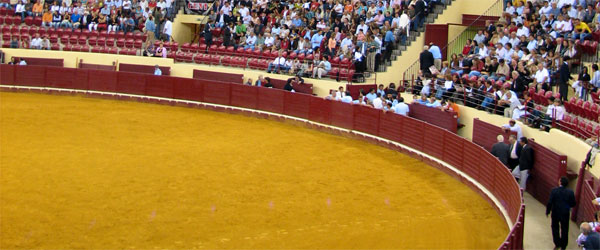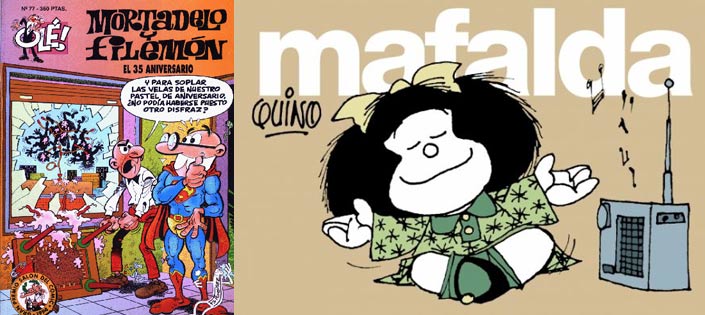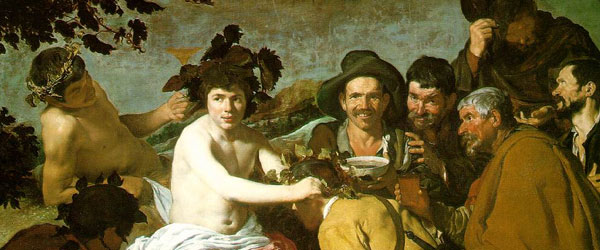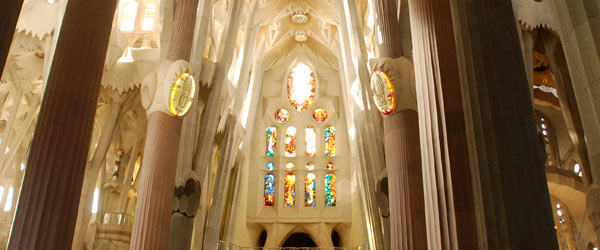Spanish Language and Internet slang | donQuijote
The Royal Spanish Academy or RAE (Real Academia Española), an institution that has been dedicated throughout three solid centuries to maintaining the correct usage of the Spanish language, is making a timid and somewhat belated entrance into the age of text messages, facebook and twitter communication. The RAE is the official authority on the Spanish language; its members literally wrote (and are writing) the book on correct Spanish usage. In the last decade, royal members have watched on in helpless frustration as countless cell phone users and facebook fans around the Spanish speaking world have busied themselves with butchering long standing spelling and grammar standards.
It seems that interest in economizing on time and on button-pushing finger effort has inspired widespread language carelessness. Many internet users also feel that writing on non-traditional supports justifies non-traditional writing habits, in other words invented rules that consider only users’ convenience, and may compromise comprehension or even courtesy and professionalism in certain contexts. The RAE, traditionally reluctant to make royal modifications to proper Castilian, has taken only dainty stabs at addressing the overwhelming spread and influence of communication technologies on the language. It has made a modest smattering of additions to the recent royal dictionary, taking something of an if you can’t beat them, join them attitude with entries such as tableta (referring to an electronic tablet), and tuitear (to correspond on twitter).
The Urgent Spanish Foundation (Fundación del Español Urgente [Fundéu BBVA]), a group that recognizes the urgent need to protect the Spanish language, has produced a new guide on writing in these new technological contexts, confirming many users’ opinions that the new media does indeed require a new set of writing rules. The book, entitled Escribir en internet. Guía para los nuevos medios y las redes sociales (Writing on the Internet. A Guide to New Media and Social Networks” was presented at the Royal Spanish Academy’s headquarters in Madrid.
The guide to writing on the internet collects recommendations from more than 40 experts on a variety fields related to Spanish in the technological age, such as web courtesy, social networks and even emoticons (cleverly devised pictograms made of keyboard symbols to express emotions or even activities such as d [*_*] b which of course means listening to music). Royal Spanish Academy President José Manuel Blecua has expressed the opinion that this new book is the premier reference guide on the use of Spanish in cyberspace. Mister Manuel Blecua went on to say that he believes this book will permit us to communicate better in cyberspace.It seems unlikely that many will pick up this manual to consult proper twitter grammar for casual personal communication. It is difficult to imagine the legions of teenage texters out there making an independent effort to analyze the spelling rules outlined in the manual before texting text friends. These forms of communication however are becoming more prevalent on a professional and academic level. The use of facebook and twitter in business to advertise and maintain clients informed on company offers and news has become standard. The guide may serve as an important rule book, for example, for professionals in charge of managing those types of accounts. An endless number of possible situations arise in which this guide could be handy. What if, for example, a client requests a text message? Would you know how to adopt an appropriate tone and writing style called for by the situation? The book also gives important advice on email writing in Spanish. If you have to write an email to a teacher, a supervisor, a client, a potential employer, the list goes on, you may want to consult this new, one of its kind guide. The book should also prove valuable to writing educators responsible for instructing new generations of technology users on standardized writing rules in updated contexts.
Young folks should at least know proper texting grammar before engaging in discourse altogether unintelligible to everyone except each other. This guide fills a need that has been largely ignored up to now, to address the correct use of written Spanish in digital support systems.








